Not everyone that wants to take better photos than their smartphone allows is willing to spend nearly two thousand dollars or more to do so. That's why today Fujifilm is introducing the X-T10, a smaller, cheaper version of the X-T1 that's more approachable without losing the appeal of its bigger sibling. The X-T10 will be available in black or silver starting this June for $799.95 body-only or for $899.95 with a 16-50mm f/3.5-5.6 lens. A kit with the higher-end 18-55mm f/2.8-4 lens will sell for $1,099.95. (The comparable X-T1 kit retails for $600 more.) It is compatible with XF and XC lenses from Fujifilm, of which there are now 18 available, as well as third-party lenses made for the X-mount.
The X-T10 looks a lot like the X-T1, which isn't really a bad thing. It's not until you put them side-by-side that you can really see the differences between the two cameras and how much smaller the X-T10 actually is. It has the same, sharp, angular edges as the X-T10, as well as the same knurled control dials on its magnesium top plate. The X-T10 is 0.3 inches narrower and 0.2 inches shorter than the X-T1, and its 13.4-ounce weight is about 13 percent less. It also has a less prominent front grip, further shrinking its footprint.
Fujifilm X-T10
New is a fully automatic mode that can be engaged with a single switch, which is appropriate for the more casual photographer Fujifilm is approaching with the X-T10. The dedicated ISO dial from the X-T1 has been traded for a mode dial. There's also a new pop-up flash integrated into the viewfinder hump. The new camera's LCD is 3-inches and tilts, and its 2.36 million dot viewfinder is OLED, just like the X-T1's. The massive viewfinder on the X-T1 might be its most impressive point, and the X-T10's is almost as good, though it's not as engrossing because of its smaller size and lower magnification.
The X-T10 has the same 16-megapixel APS-C X-Trans II CMOS sensor and EXR II processor as the X-T1, so it should provide the same level of image quality as the more expensive camera. It also has a new autofocus system that has 77 points with variable sizes of zones with the ability to track moving subjects within the frame. The X-T1 is also being upgraded to this new autofocus system with a firmware update, giving both cameras the same level of autofocus performance. ISO can be adjusted from 100-25600, or set to automatic. The X-T10 can also shoot 1080p video at 60 frames per second. Fujifilm says the X-T10 is rated for 350 images per charge, which is the same as the X-T1.''
90 PERCENT OF THE X-T1 AT 60 PERCENT OF ITS COST
The X-T10 doesn't have the weather sealing features of the X-T1, and it doesn't have as many accessories available, such as the vertical grip. It's clearly meant for the less serious photographer, but with its image quality and performance potential, it could appeal to those wanting a smaller, lighter body that doesn't cost nearly as much as the X-T1. Or X-T1 shooters could pick up the X-T10 and use it as a backup camera. The X-T10 offers 90 percent of the X-T1 at about 60 percent of the cost. That might make it the best bargain in cameras you'll see this year. We'll be taking a deep dive with the X-T10 as soon as we can to see if it lives up to the standard set by last year's X-T1.
Related Search
Fujifilm Malaysia Buy online
Buy camera accessories
/cdn0.vox-cdn.com/uploads/chorus_asset/file/3703548/xt10-10.0.jpg)
/cdn0.vox-cdn.com/uploads/chorus_asset/file/3703550/xt10-11.0.jpg)
/cdn0.vox-cdn.com/uploads/chorus_asset/file/3703552/xt10-9.0.jpg)

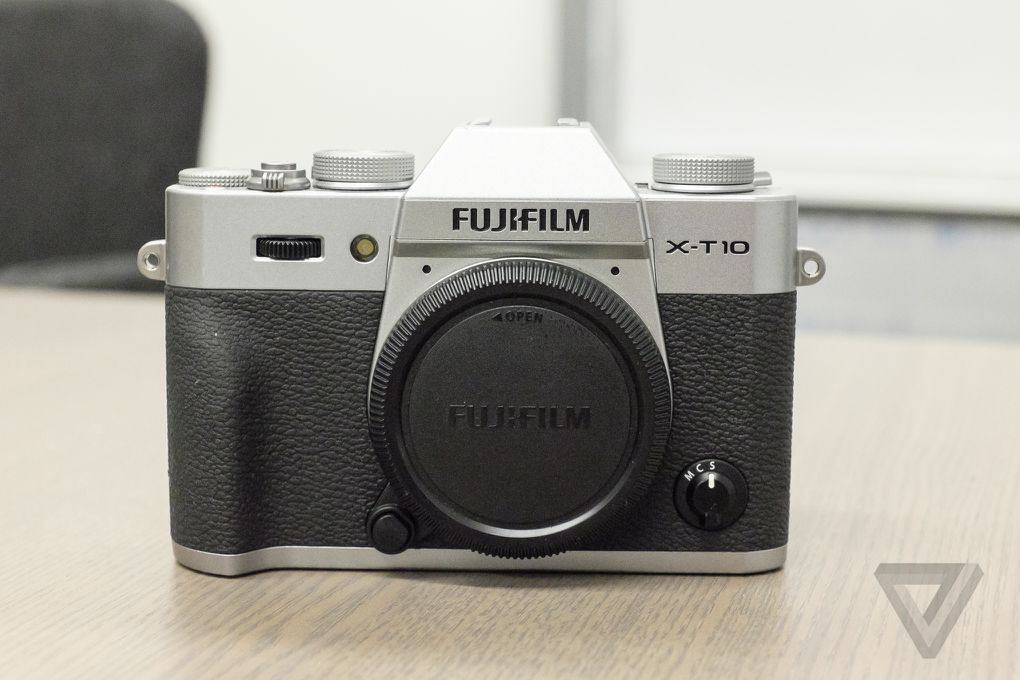

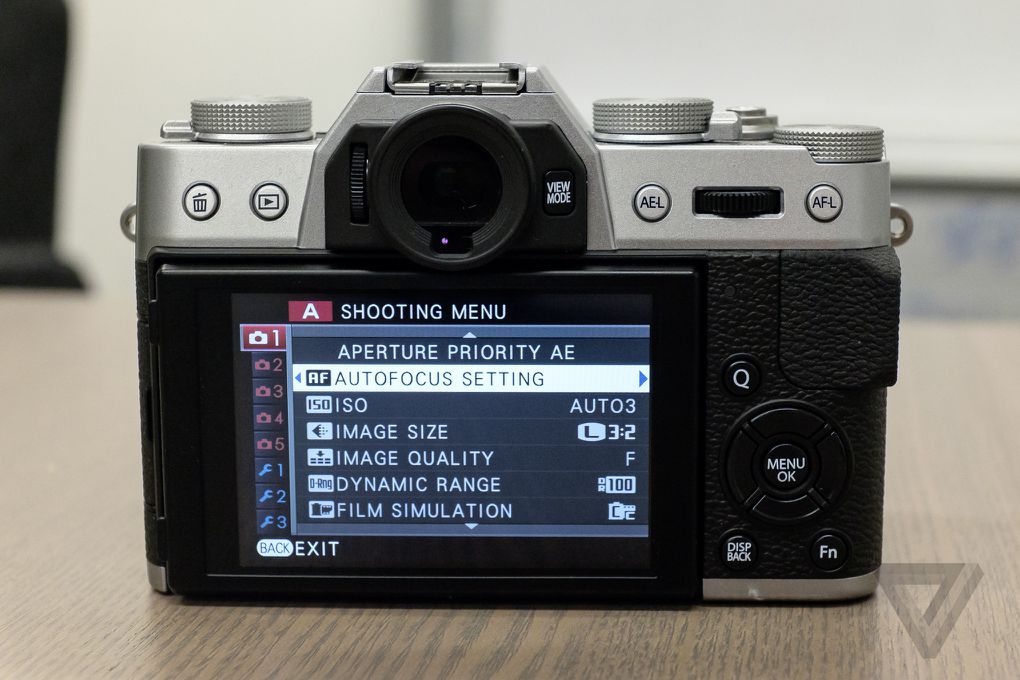
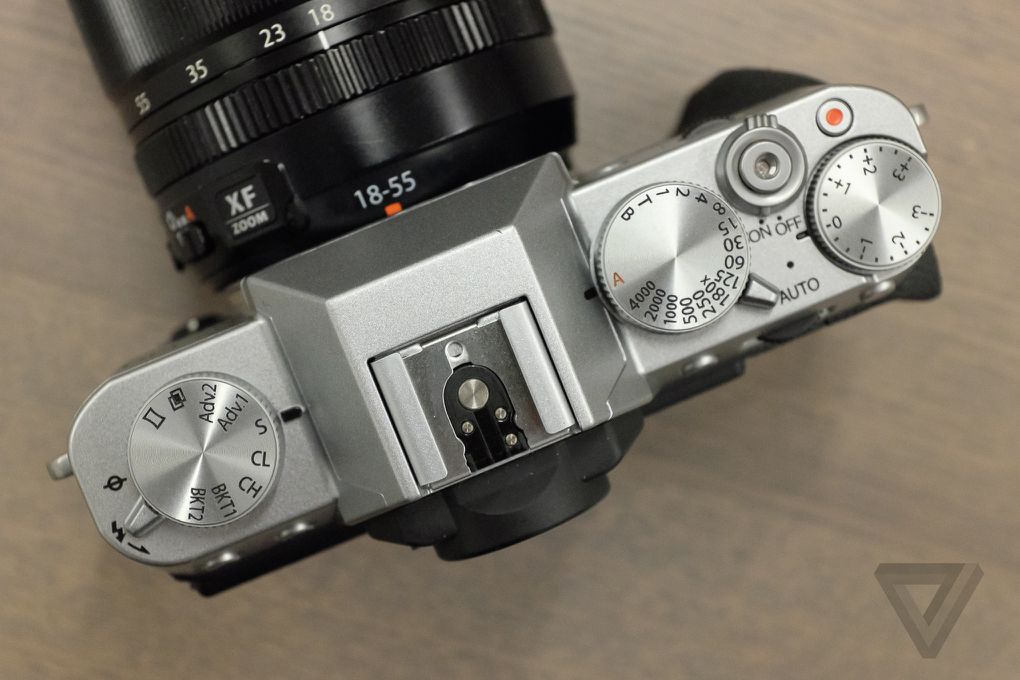


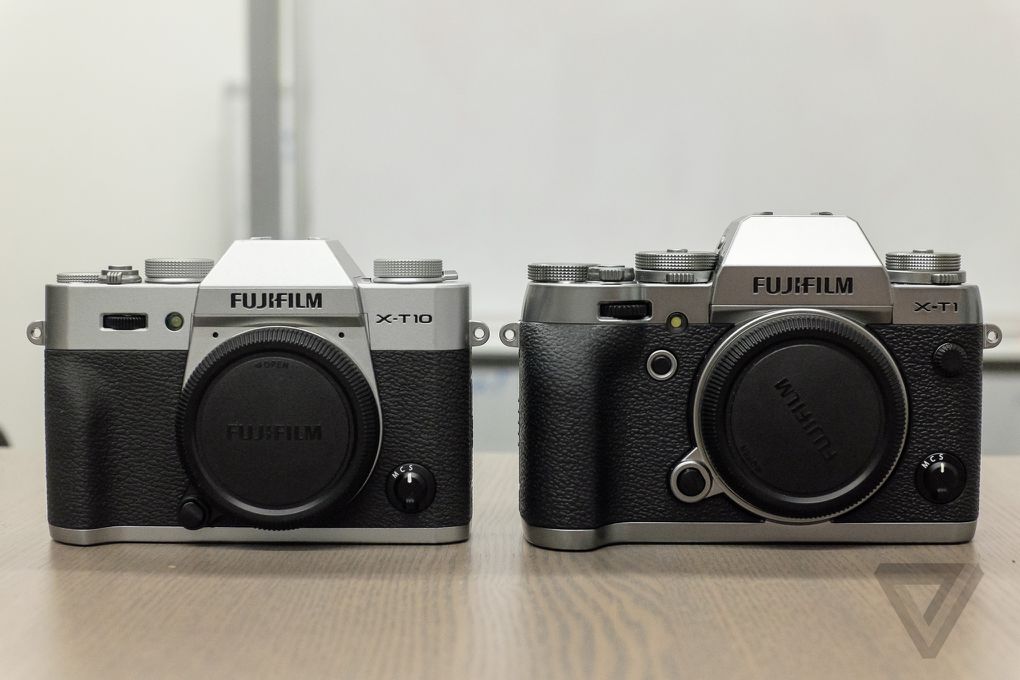
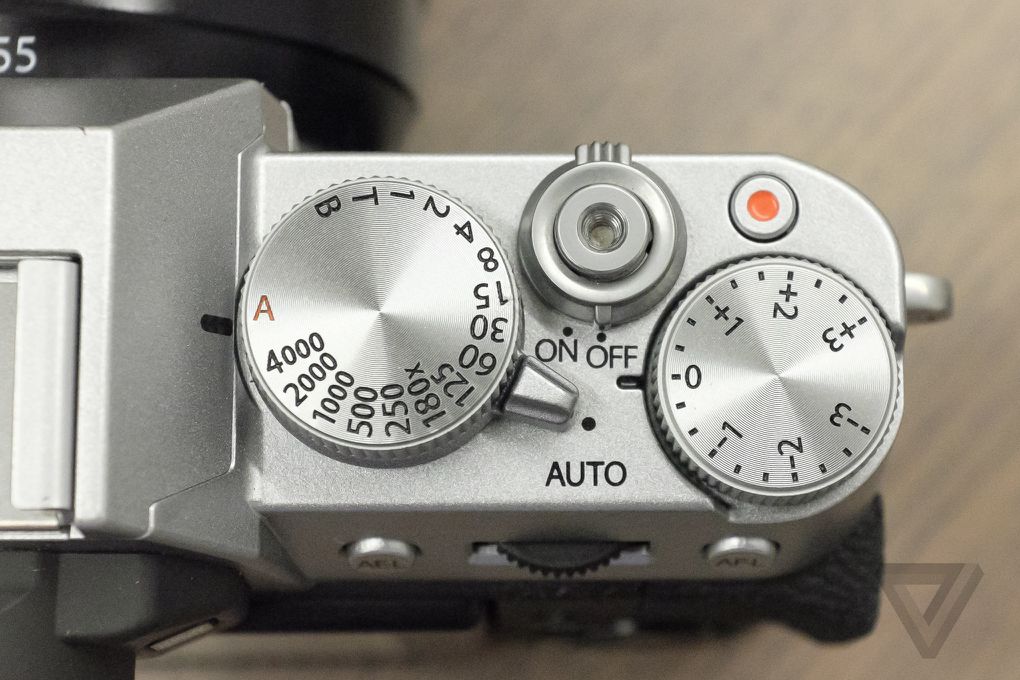
.jpeg)









0 comments:
Post a Comment